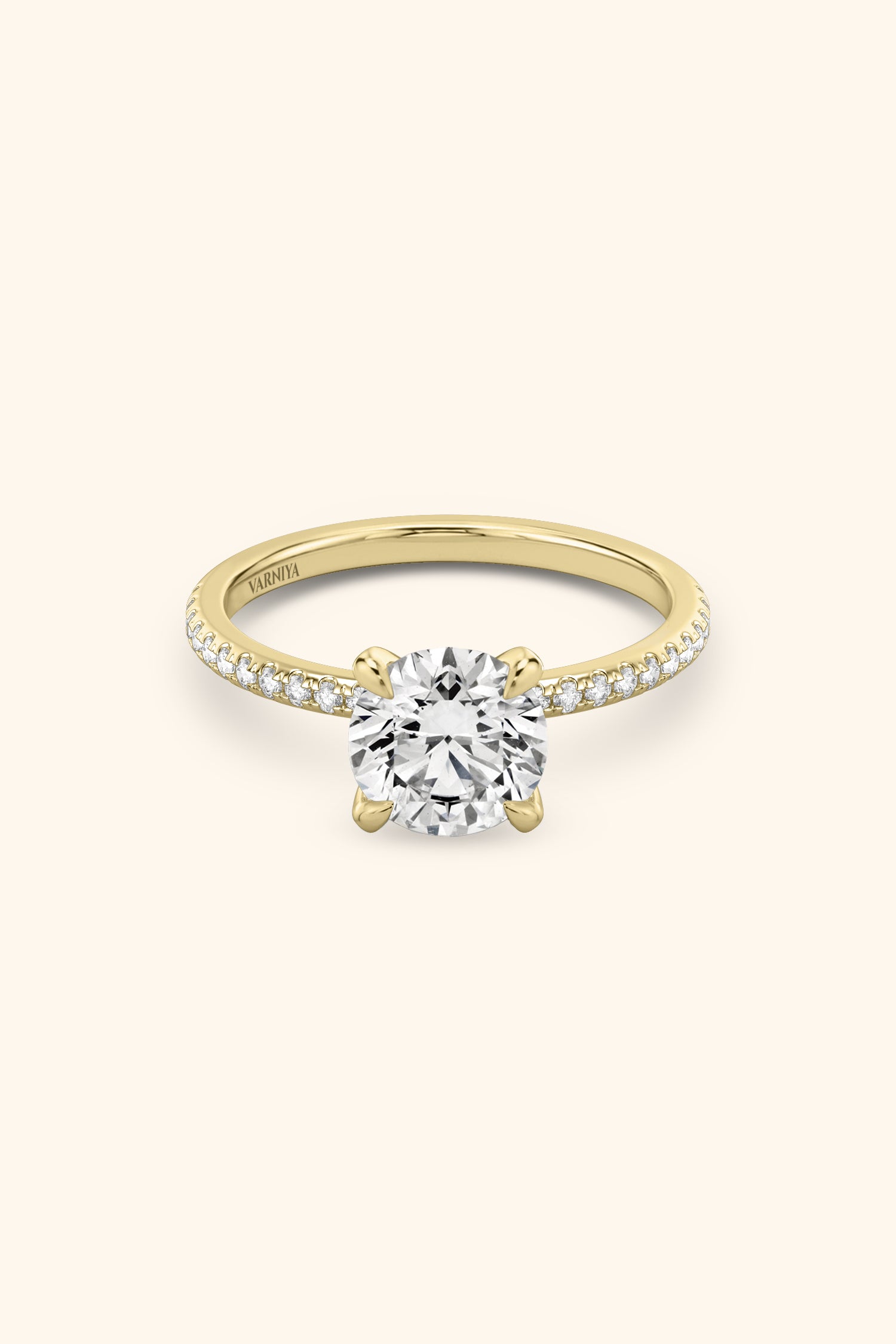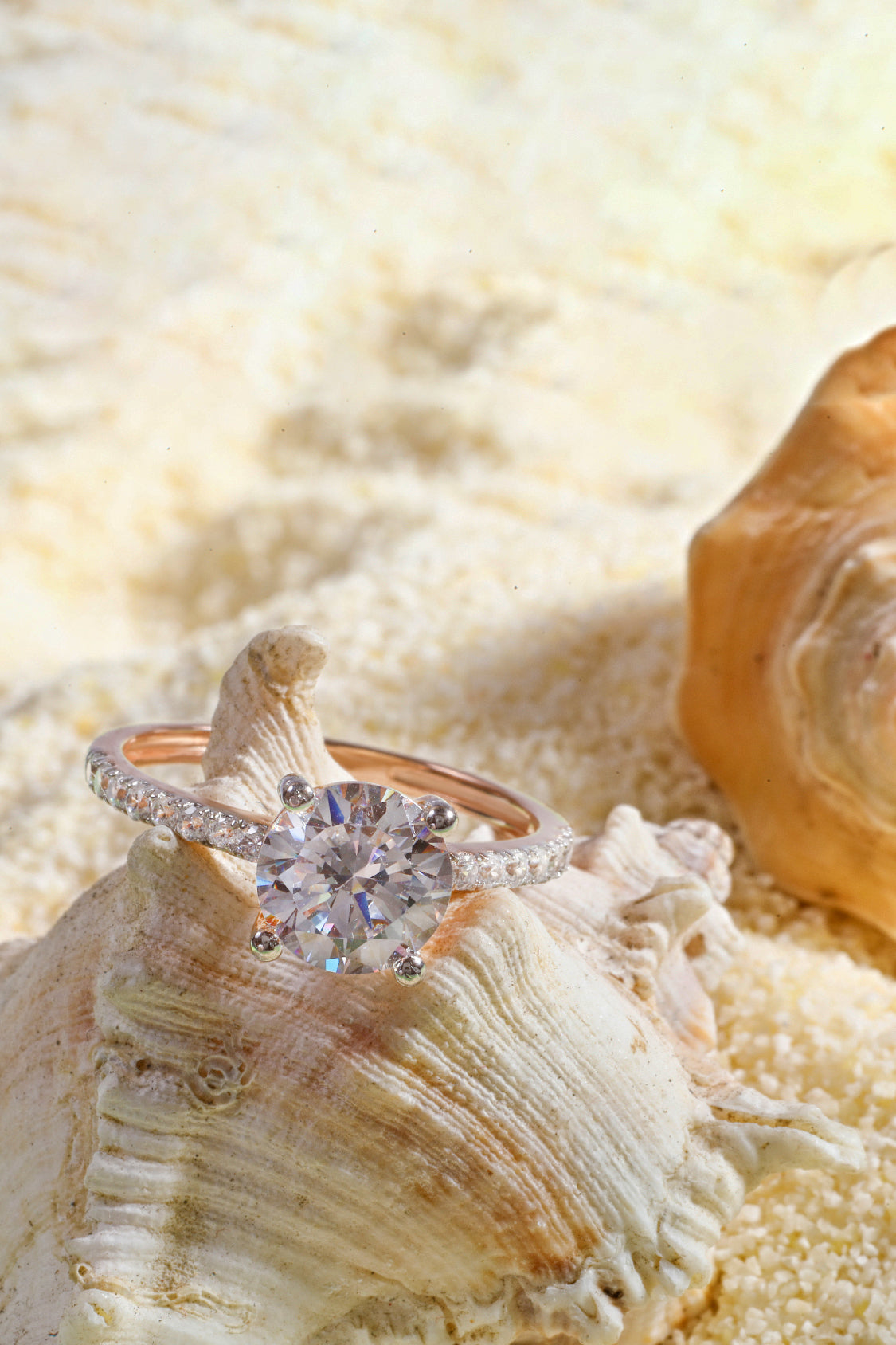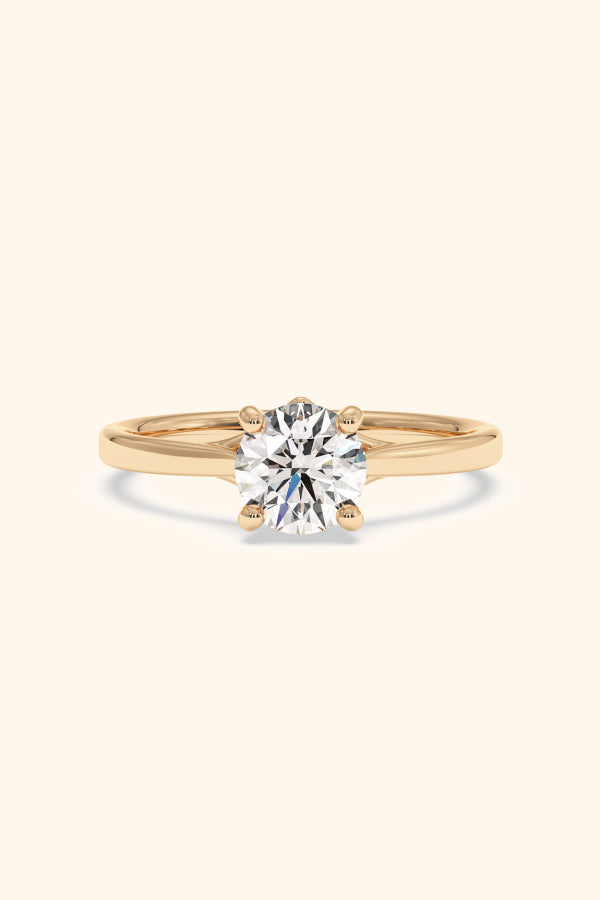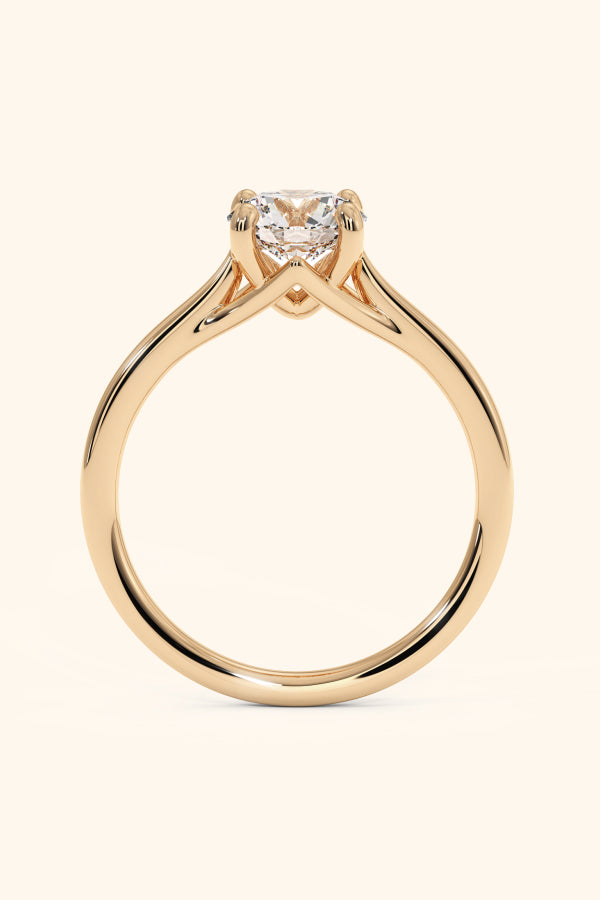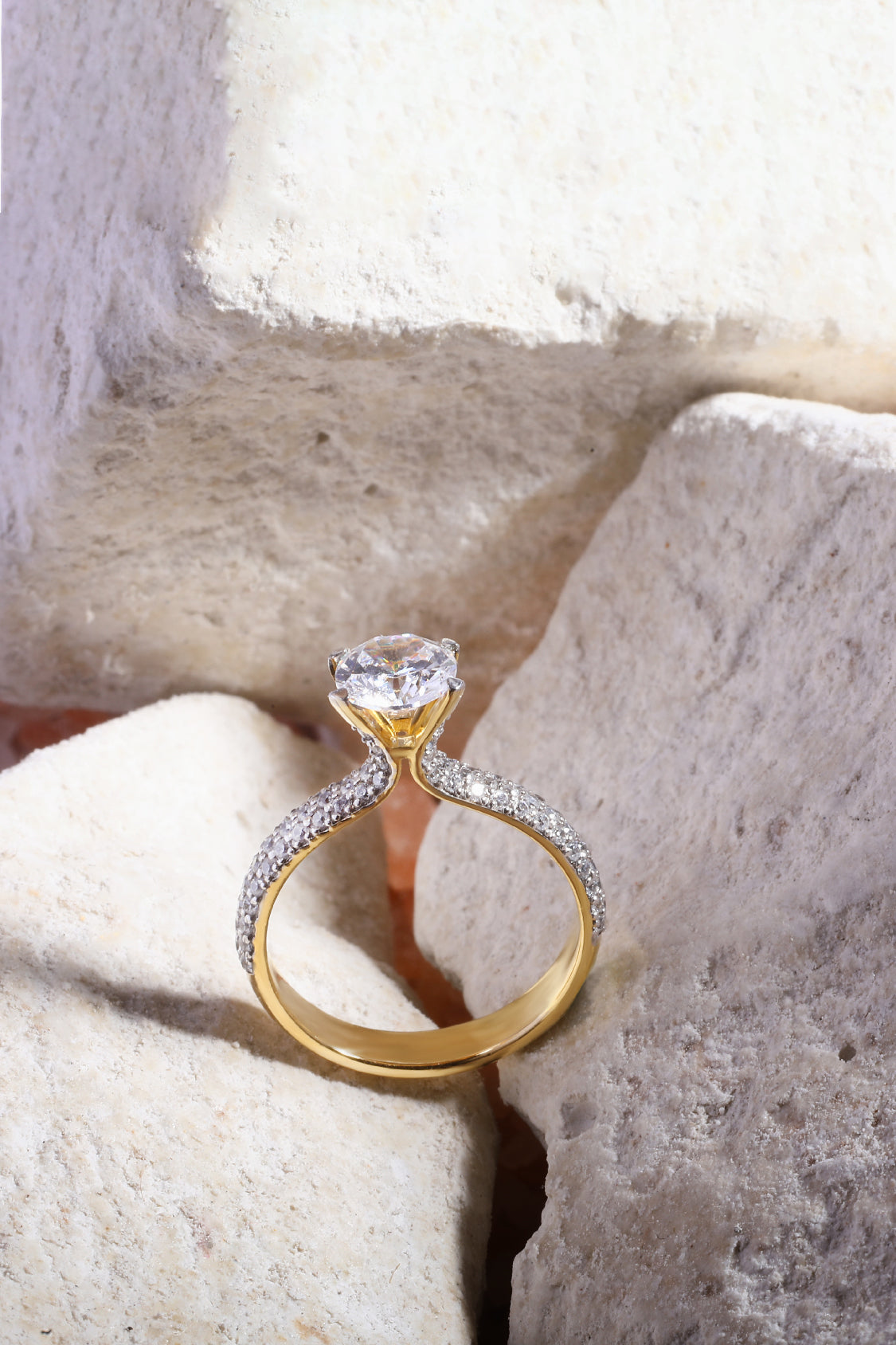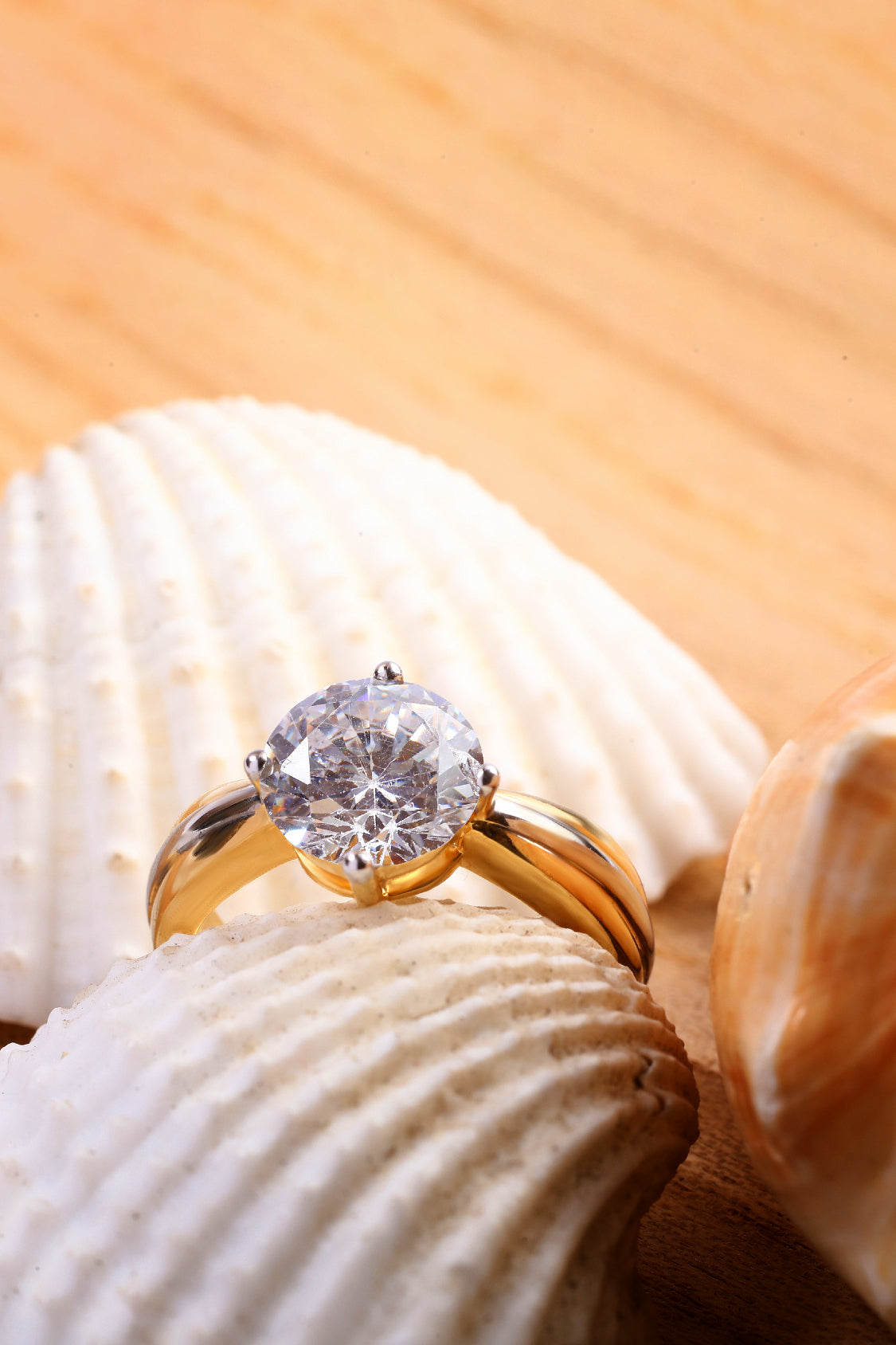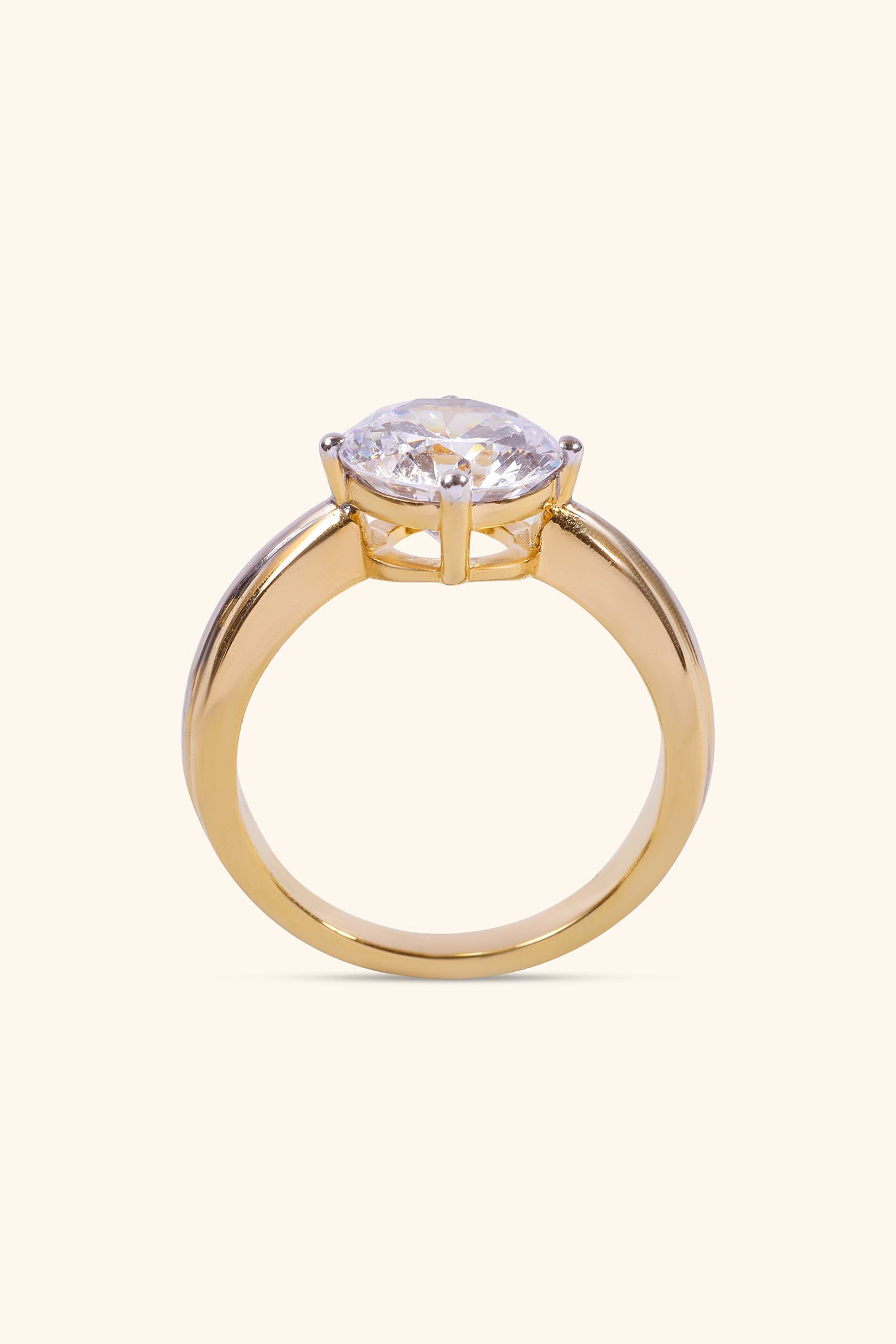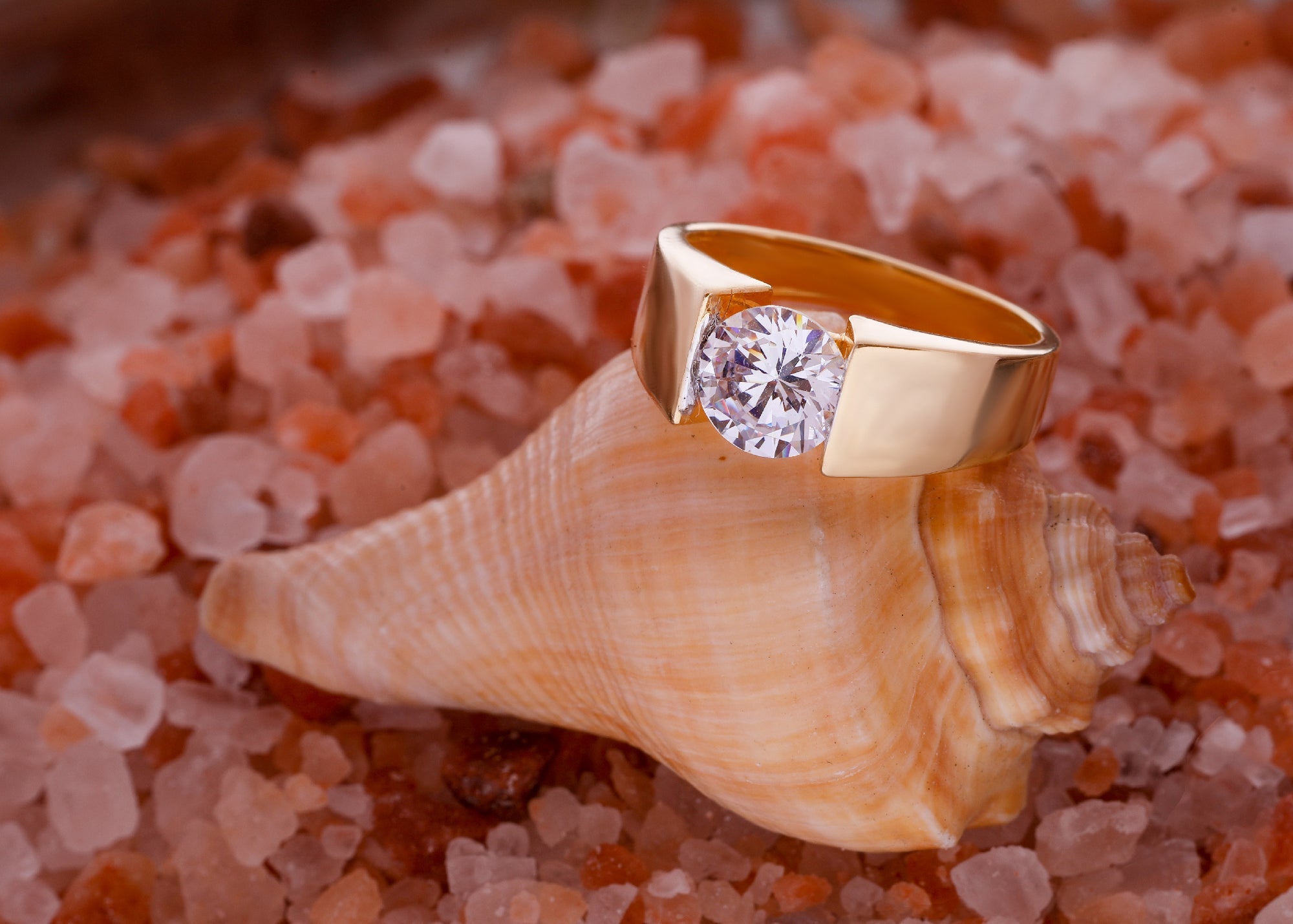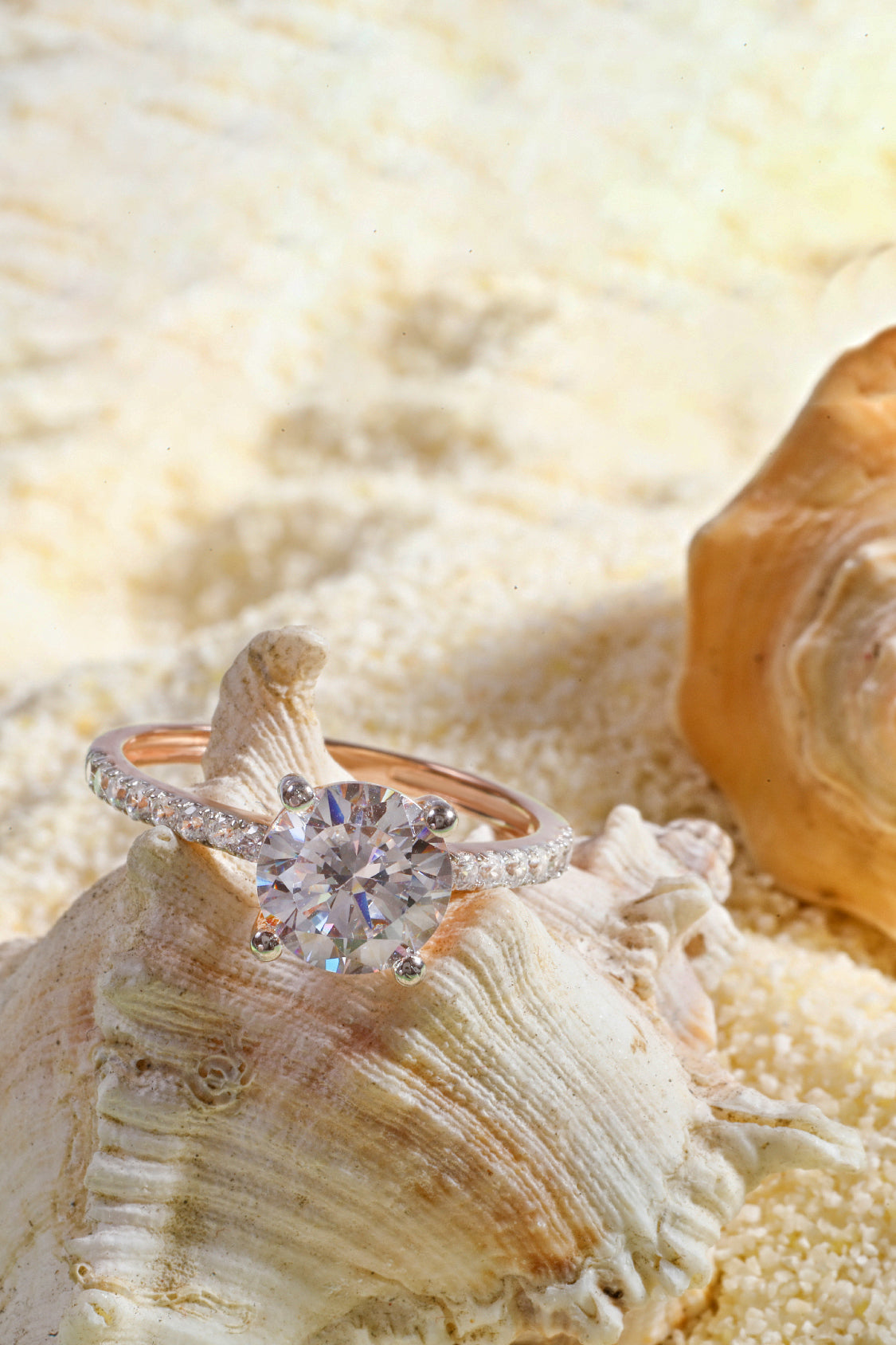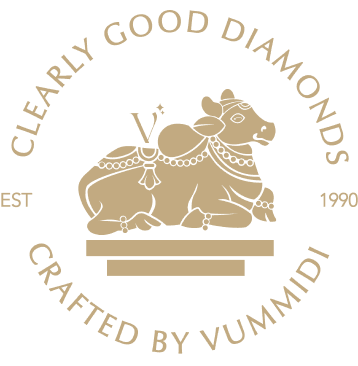
Making the Choice: Buying a Lab-Grown Diamond or a Natural One?
Diamonds have always been a symbol of luxury, love, and commitment. But in today's world, the decision to buy a diamond isn't just about sparkle and shine. Should you buy lab grown diamonds or stick with the traditional natural ones? With growing interest in both lab-grown and natural diamonds, buyers are now faced with a unique dilemma. Lab-grown diamonds offer sustainability and cost-effectiveness, while natural diamonds carry the allure of timelessness and rarity. Let's dive deep into understanding these two options, their origins, and what they offer.
Understanding Natural Diamonds
Let’s get into the detailed analysis of natural diamonds.
The Formation Process
Natural diamonds are formed over billions of years under extreme pressure and temperature conditions deep within the Earth's mantle. This natural process makes each diamond unique, with its own set of inclusions and characteristics that tell a story of its ancient origins.
Unique Attributes
The uniqueness of natural diamonds lies in their formation process. No two natural diamonds are exactly alike, making each one a unique treasure. They are often seen as timeless pieces, holding significant sentimental value.
Environmental Impact
However, the environmental impact of mining natural diamonds is considerable. Diamond mining involves extensive land excavation, leading to habitat destruction and significant carbon emissions. It's a fact that has led many environmentally-conscious buyers to reconsider their choices.
Rarity and Value Appreciation
Natural diamonds are finite, which adds to their value. Their rarity often leads to appreciation over time, making them a potential investment. However, this comes with a higher upfront cost, and the value is heavily influenced by market trends and demands.
Lab-Grown Diamonds
Lab diamonds have been around since the 1950s, with the initial ones being created during that decade. Over the years, the techniques for producing diamonds in a laboratory have been perfected, resulting in the high-quality gemstones available today.
Recently, the popularity of lab-grown diamonds has surged as more people become conscious of the ethical issues surrounding some traditionally mined diamonds. By early 2023, lab-grown diamonds accounted for 17.3% of diamond engagement ring sales.
Lab-grown diamonds are becoming increasingly popular due to their ethical sourcing and affordability. These diamonds are created in controlled environments using advanced technological processes that replicate the natural diamond formation. They are virtually indistinguishable from natural diamonds, both visually and chemically.
Creation Processes: HPHT and CVD

The two main processes for creating lab-grown diamonds are High Pressure High Temperature (HPHT) and Chemical Vapor Deposition (CVD). HPHT mimics the natural diamond formation conditions, while CVD involves breaking down gas molecules to form diamond layers. Both processes produce high-quality diamonds.
Reasons for Popularity
Lab-grown diamonds have gained popularity for several reasons. They are more sustainable, as they don't require mining and thus have a lower environmental impact. They are also ethically sourced, free from the concerns associated with conflict diamonds. Additionally, lab-grown diamonds are typically more affordable than their natural counterparts, making them an attractive option for budget-conscious buyers.
Certification of Lab-Grown Diamonds
Lab-grown diamonds are certified as 'real' diamonds by major grading organizations like GIA. These certifications ensure that the diamonds meet stringent quality standards, providing peace of mind for buyers.
Pros and Cons of Natural Diamonds
Pros
- Uniqueness: Each natural diamond has a unique formation story, making it a one-of-a-kind piece.
- Rarity: The finite supply of natural diamonds can lead to value appreciation over time.
- Emotional Value: Natural diamonds often carry significant sentimental value and are seen as timeless heirlooms.
Cons
- Environmental Impact: Mining natural diamonds causes significant environmental degradation.
- Ethical Concerns: The diamond mining industry has been linked to conflict and human rights abuses.
- Cost: Natural diamonds are generally more expensive, reflecting their rarity and the costs associated with mining.
Pros and Cons of Lab-Grown Diamonds
Pros
- Cost Advantage: Lab-grown diamonds are more affordable due to the streamlined production process.
- Sustainability: The environmental impact is significantly lower compared to mining natural diamonds.
- Ethical Sourcing: Lab-grown diamonds are free from the ethical issues associated with mining.
- Quality: They are identical to natural diamonds in terms of physical, chemical, and aesthetic properties.
Cons
- Market Perception: Some buyers may perceive lab-grown diamonds as less prestigious.
- Long-term Value: The long-term value stability of lab-grown diamonds is still uncertain.
- Energy Consumption: The production processes, particularly HPHT, can be energy-intensive.
Making the Choice
The decision between a lab-grown and a natural diamond is a deeply personal journey, and we're here to help you find what truly resonates with your heart. Our goal isn't to steer you in any direction but to provide you with the information you need, so you can choose the gem that reflects your unique story and values.
Personal Beliefs and Values
Your decision should align with your personal beliefs and values. If sustainability and ethical sourcing are important to you, lab-grown diamonds are an excellent choice. If you value the tradition and rarity of natural diamonds, they might be more appealing.
Budget Considerations
Lab-grown diamonds offer a cost-effective alternative without compromising on quality. They provide more bang for your buck, allowing you to purchase a larger or higher-quality stone within your budget.
Physical, Chemical, and Aesthetic Properties
Both lab-grown and natural diamonds are identical in physical and chemical properties. The choice, therefore, comes down to personal preference and the importance you place on a diamond's origin.
Future Value and Heirloom Potential
Natural diamonds have a track record of value appreciation and are often considered heirlooms. If you’re looking for an investment or a piece to pass down through generations, a natural diamond might be the way to go. However, lab-grown diamonds are gaining acceptance and could potentially see value appreciation as well.
Certifications and Grading
A diamond certificate is an unbiased document from an independent laboratory that details the characteristics of a diamond. The lab, with no vested interest in the sale, assesses each stone based on its qualities.
The Role of Grading Reports
Grading reports from organizations like GIA are crucial for both natural and lab-grown diamonds. These reports provide detailed information about the diamond's quality, including cut, clarity, color, and carat weight.
Understanding Certificates
Certificates substantiate a diamond's value and authenticity. For lab-grown diamonds, they also confirm that the stone is indeed lab-grown and not a natural diamond.
Significance of Certification
Certification is essential for making an informed decision. It ensures that you are getting exactly what you pay for and helps protect your investment.
What's Right for You?
In the end, the decision of whether to buy lab-grown diamonds or natural ones comes down to personal priorities. If you value sustainability, ethical sourcing, and cost-effectiveness, lab-grown diamonds are the way to go. On the other hand, if you are drawn to the timeless allure and potential value appreciation of natural diamonds, they might be the better choice.
At Varniya, we offer a stunning collection. Our experts are here to help you make an informed decision that aligns with your values and desires. Whether you're looking for a sustainable and affordable option or a rare and unique treasure, Varniya has the perfect diamond for you.
So, should you buy lab-grown diamonds? If your priorities include sustainability, ethical sourcing, and cost savings, the answer is a resounding yes. Visit Varniya today to navigate through our exquisite range of diamonds and find the one that speaks to you.


